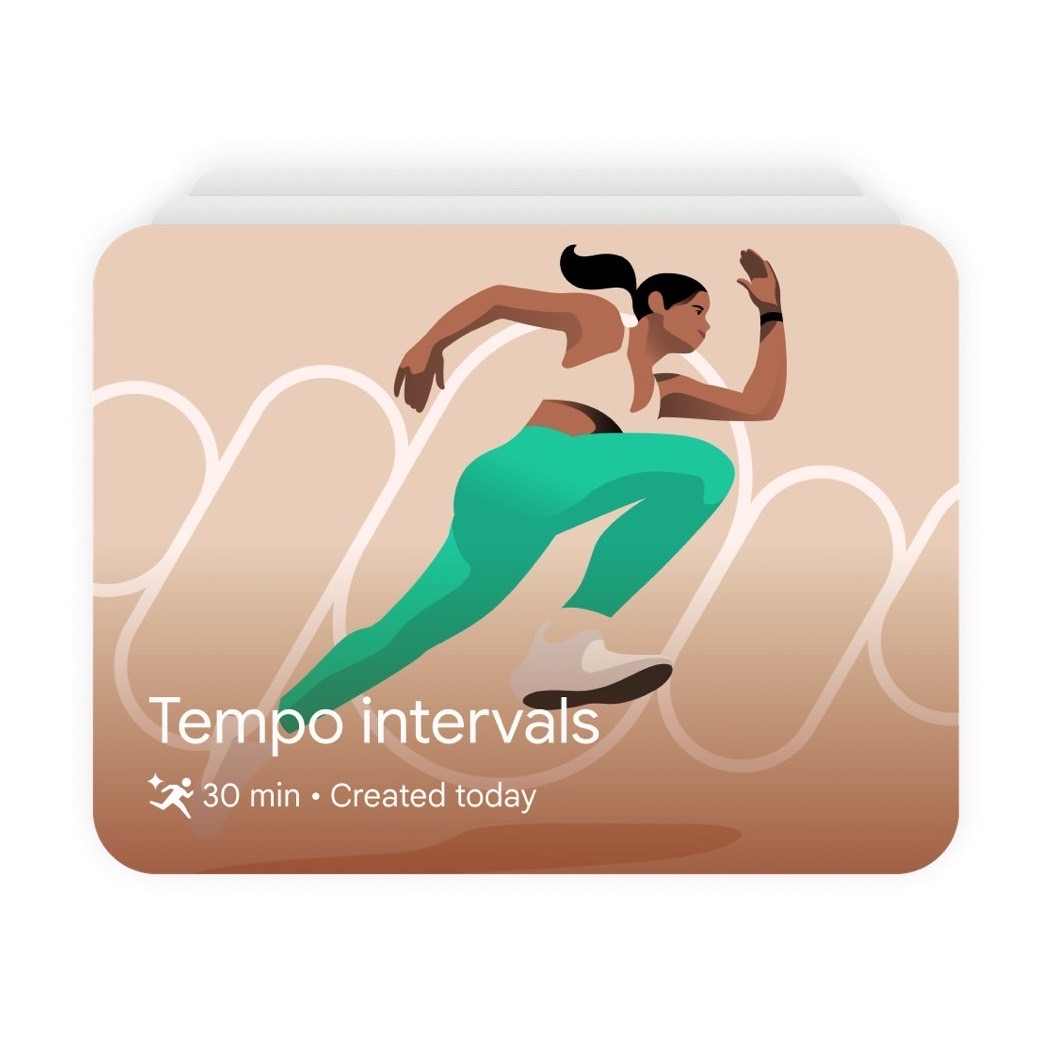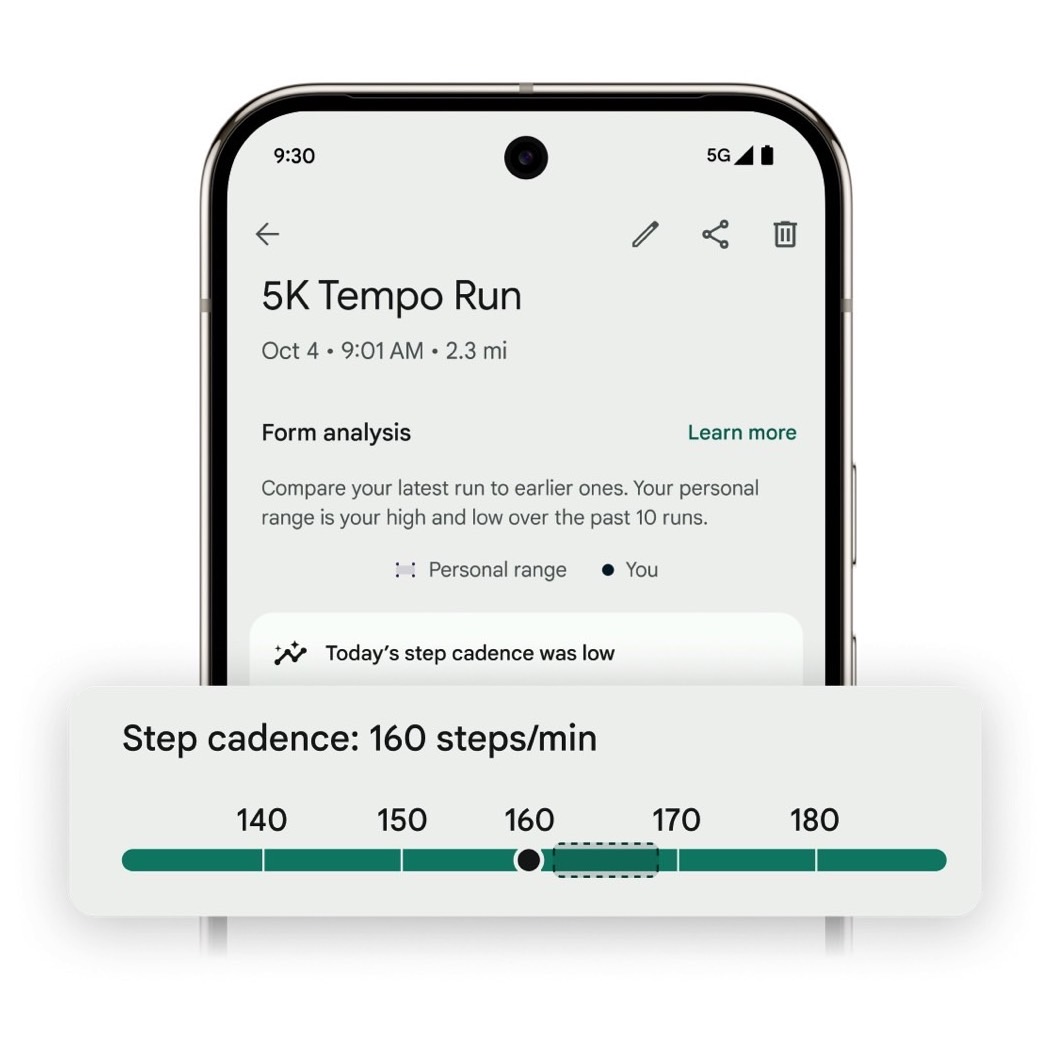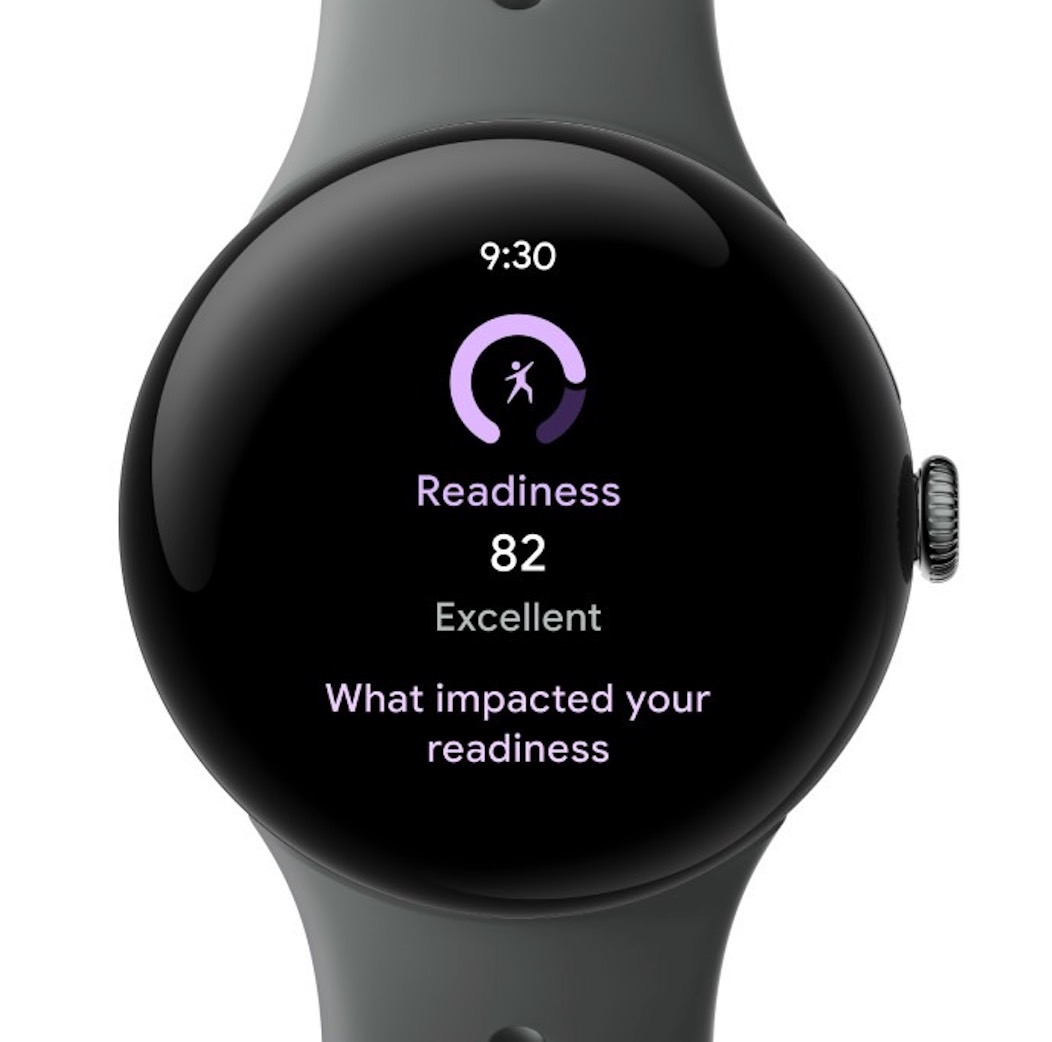On Tuesday, Google unveiled the Pixel 9 series and the Pixel Watch 3, which made me extremely jealous. It’s not that I want to replace my iPhone or Apple Watch with the new Pixels, given that I’ve long used both Apple devices. Come to think of it, it’s not even about the Pixel devices themselves. It’s about the new Fitbit app, which contains running features that are more advanced than I can currently use on the iPhone and Apple Watch.
Google overhauled its running workouts to allow users to better plan running sessions, ensure they keep up with the workout of the day, and inspect previous workouts. That’s a dream come true for this runner who relies on ChatGPT and the Apple Watch to train for marathons.
I’m trying to stick to ChatGPT training routines until the next marathon race and using the Apple Watch to monitor my workouts. I need to perform specific exercises to improve speed and build endurance.
I recently explained how annoying it is to set up these running workouts on the Apple Watch. You can’t do it anywhere else, either. You have to use that tiny screen and hope you don’t get anything wrong. That’s why I’m envious of the new Pixel 9 and Pixel Watch 3 running experiences.

Using the Fitbit app, you can set up new workouts that meet your training needs. You can do this on the Pixel Watch, but it’s even better if you do it on the larger display of the Pixel 9 phone. You can then send the workout to the watch.
While running, the wearable will monitor your parameters and tell you in real time whether you’re sticking to your goals or need to adjust your pace. This real-time guidance can be handy, as it’ll help you achieve your goals for the session.
That already sounds amazing to this runner, but it gets even better. There’s another thing I can’t do on the iPhone and Apple Watch. I can’t get detailed stats about my running workouts.
Yes, I can see details about each independent run in the Fitness app on the iPhone. Information like split times and heart rate are available. iOS 18 will also keep track of your effort and provide training load information.
But the Fitbit app will offer more details. It’ll record information like the fastest kilometer, fastest mile, or farthest run, all in one place. It’ll also show you your recent running history, not just your personal records. This is where AI can come in, as it can help you look at past data and offer suggestions for future runs. However, you’ll need a Fitbit Premium subscription to get AI-powered recommendations.

Add to that the Morning Brief summary the Pixel Watch 3 will deliver each morning to inform you about your current health and fitness metrics and the new readiness and cardio load tracking, and Google’s new devices can be of great help to runners. You might improve your training by paying attention to the data the Pixel Watch 3 presents and taking a rest day when the wearable tells you to.
Finally, I’ll also point out an exciting upgrade on the sensor side. The Pixel Watch 3 features Google’s most accurate heart rate sensor for running. As Google said during a briefing, running is “the final boss” of heart rate sensing. The better the sensor and algorithms are, the more accurate the data.
To assess your running form, the Pixel Watch 3 will also track other running parameters, like cadence, vertical oscillation, ground contact time, and length of your strides.

I can only hope that Apple will soon replicate some of these running-related features on the iPhone and Apple Watch.
